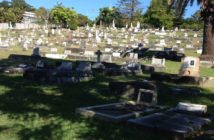Every owner of old or historic buildings at some stage faces the issue of renewal versus renovation. The 2018 Architects Festival introduces me to the work of American Jane Jacobs. Jacobs opposed the demolition of swathes of New York’s tenements and tightly packed older buildings on the basis that what creates communities and human well-being is much more than a new toilet and a modern stove.

There was a competition for the laneway design – got entries from out of the rohe!
I’ve come into Downtown Tauranga to share one of the events in the wider Laneways and Innovations Festival. In the preceding week, Grey Street has seen mural painting, stalls and exhibitions in another attempt to enliven the basic dreariness of the place. And although tonight’s audience is relatively small – this event ticks and is an indication of how much can be achieved with very little.
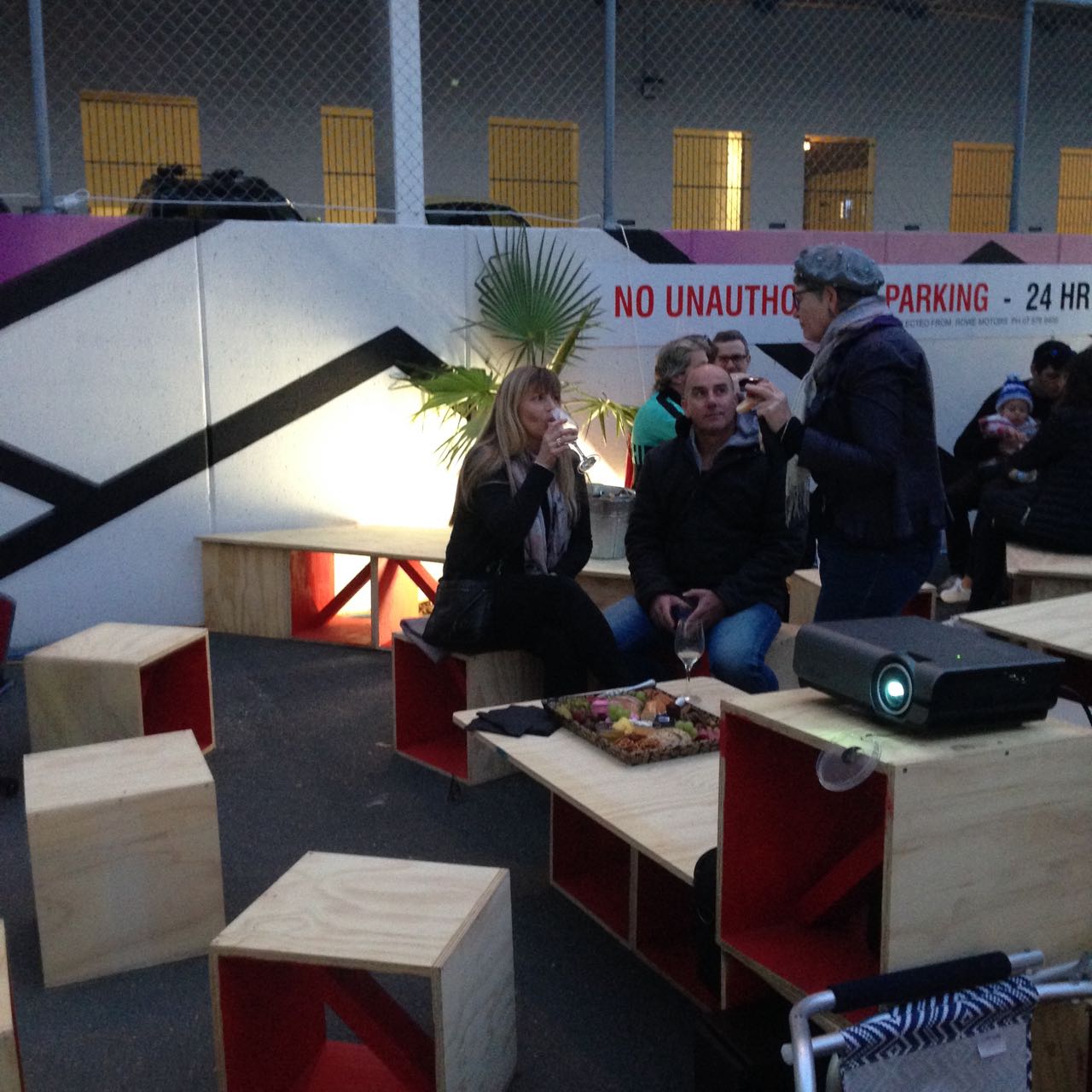
Check out the seating!

It’s one of those Tauranga spring evenings that is neither warm nor cold. I’ve come prepared with a vintage 60’s ankle length courduory coat and silk and wool scarf – both acquired from Tauranga’s recycle shops. A frisson of chill accompanied by youthful voices from the adjacent carpark building occasionally waves through the Courtyard.
I get to chat to local architects: the interesting senior member of this professional community – Gerry Hodgson who will be guiding a sold out tour through the Elms on Sunday. The socially vocal Phil Green who refuses to believe that the Downtown area cannot be remedied. The event opens with an informal introduction and special thank you to the company sponsoring the event: Modern Offices.
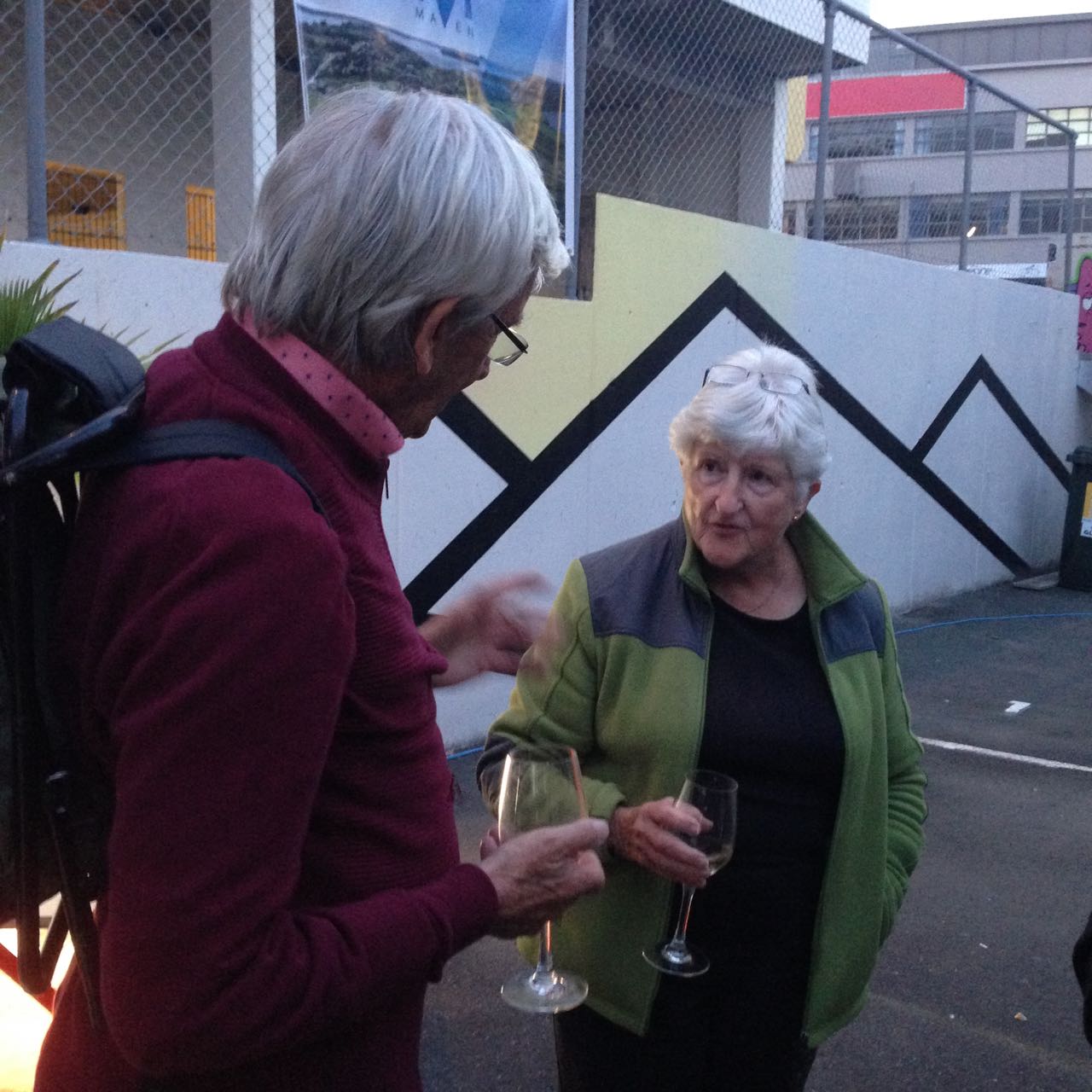
Gerry Hodgson in conversation with arts and community stalwart Mary Dillon

H.G.Rose Limited architectural and design firm partner, Diane Hume-Green
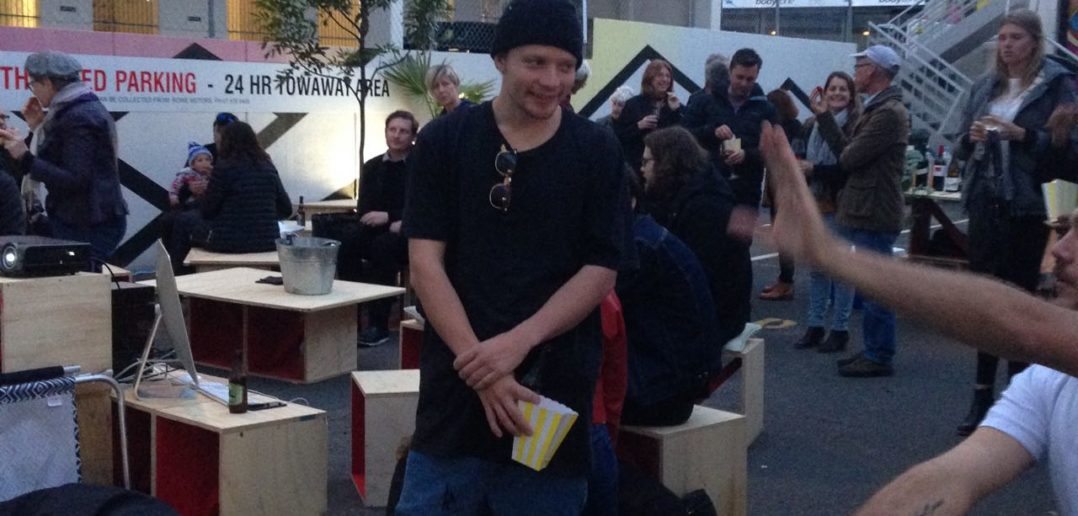
Young, old – just words – a diverse audience
Local architect Camden Cummings is in charge of the laptop which screens the film on the wall. There are “I want those” plywood and painted seating boxes. Meg Davies General Manager of Creative Bay of Plenty with a Modern Offices staffer is in charge of the popcorn machine, canapés and drinks. There’s light art playing on another wall above the seating area. It’s the antithesis of Our Place, the temporary container conglomeration on the site of the former Tauranga City Council headquarters.

Abstract light patterns on the wall above
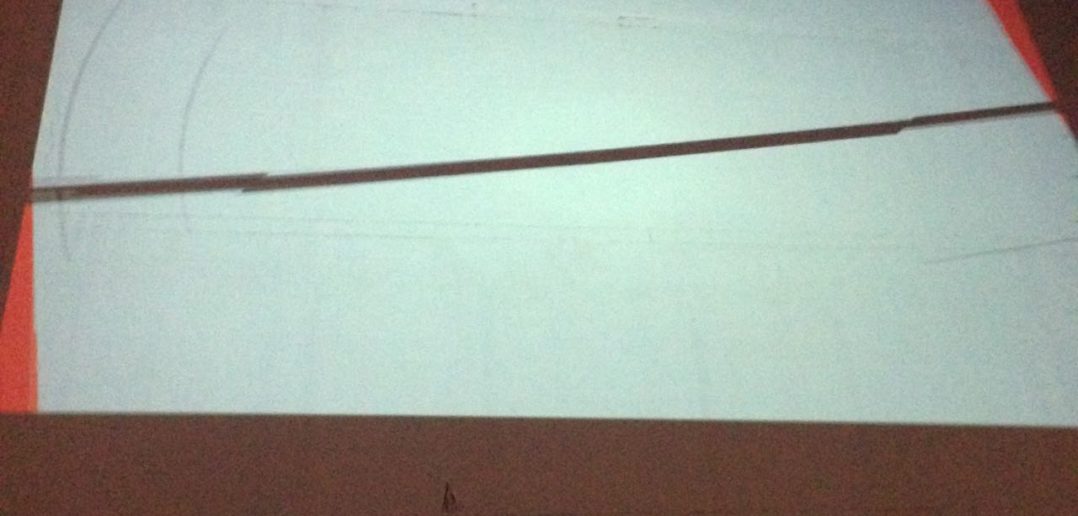
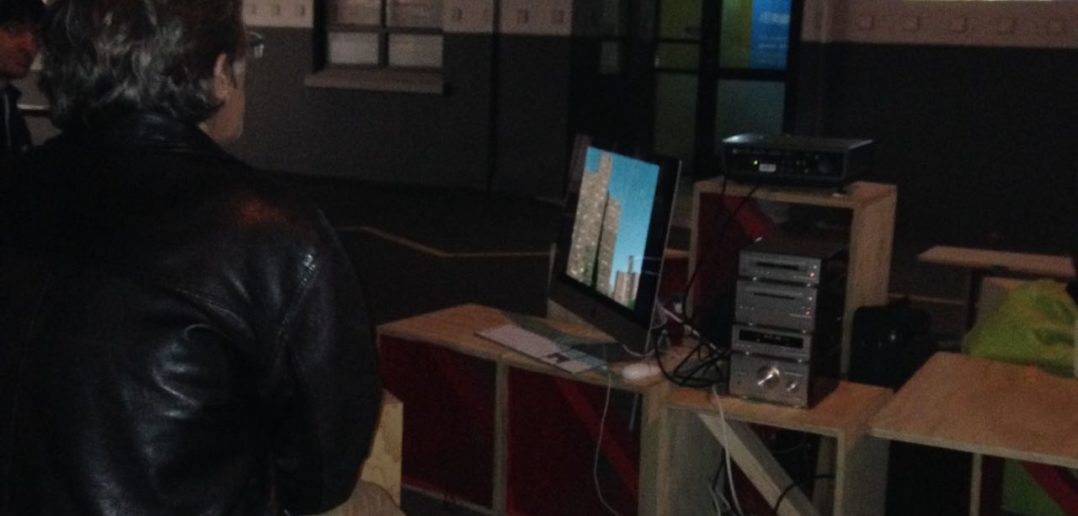
Camden Cummings in charge of the computer

alfresco – such good popcorn!

Waiting to start…
The film demonstrates Jacobs’ thesis of how urban communities function: how life on the street, people spilling out of tightly packed accommodation provides oversight, interaction and makes it a safe place. It also demonstrates the importance of “mixed uses” – the small locally owned businesses and street markets creating the intimacy and vibrancy of a district.
We’re shown waves of wrecking balls as whole areas are demolished new “projects” are created and new, wide vehicle focused roadways are built: homage to the rising power of “the automobile”. And then we’re shown the social failure of the new and self-contained multi-storied apartment blocks and their ultimate more recent destruction to make way for more community-focused rebuilding.
However, the underlying message is that what may have been initially politically well-intentioned efforts to provide “better”, “more modern”, “more sanitary” living conditions were ultimately profit-driven business decisions of the developers which annihilated communities – until they started to fight back.
You don’t have to spend too much time listening to late-night talkback radio before you hear many of Jacobs’ messages being stated in relation to the destruction of the older, established “state house” communities of Auckland – Glen Innes and Point England where there have been public protests against the “redevelopment” of the land to acknowledge its contemporary value and provide new dwellings for the affluent. And I can still remember the shock and horror I felt when following my usual pathway down Mountain Road I found the beautiful old stone brewery building had been knocked over – the site stood vacant for a very long time.
But something else occurs to me. Jacobs was the wife of an architect and she and her family elected to live in what was considered an older, socially less desirable area of New York. You don’t have to go far in Auckland,(in fact any city), to see privately owned dwellings such as Ponsonby, Herne Bay, Grey Lynn where the original buildings have been retained and renovated “gentrifying” the area while the working class inhabitants of the 50’s and 60’s have moved into the south-lands of Clendon, Manurewa and Papakura.
Post WWII many of my friends, in what would now be inner Auckland but was then the fringe of One Tree Hill and Onehunga, grew up in “state houses” – initially rented and then able to be bought by capitalising the Family Benefit. It’s suggested to me that this is the formula we should still be utilizing to promote homeownership: State funded “rent to buy”. Properties that have the opportunity to be “owned” by the occupants and inherited by family. Many of our “working poor” are never going to accumulate sufficient deposit to conventionally acquire their own home. Why can’t we the people have the benefit of some of the interest and bank fees earned by the overseas operating banks? Beneath this concept is Jane Jacobs’ fundamental belief – houses are not buildings, houses are communities.
It was a wonderful evening out. It promoted some serious thought about housing and housing affordability. I also wished that every Summer Sunday morning “the flat end” of Grey Street would transform into a creative market.
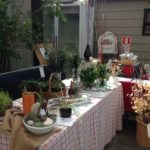 Rosemary Balu. Rosemary Balu is the founding and current Managing Editor of ARTbop. Rosemary has arts and law degrees from the University of Auckland. She has been a working lawyer and has participated in a wide variety of community activities where information gathering, submission writing, community advocacy and education have been involved. Interested in all forms of the arts since childhood Rosemary is focused on further developing and expanding multi-media ARTbop as the magazine for all the creative arts in the Bay of Plenty, New Zealand.
Rosemary Balu. Rosemary Balu is the founding and current Managing Editor of ARTbop. Rosemary has arts and law degrees from the University of Auckland. She has been a working lawyer and has participated in a wide variety of community activities where information gathering, submission writing, community advocacy and education have been involved. Interested in all forms of the arts since childhood Rosemary is focused on further developing and expanding multi-media ARTbop as the magazine for all the creative arts in the Bay of Plenty, New Zealand.
ARTbop promotes
(or we think you should check this out!)
ARTbop is promoting poetry in the Western Bay of Plenty
alchemy
SPOKEN WORD POETRY
Join us every second Thursday of the month,
6.00pm to 8.30pm
Read your own poems or poems by your favourite poet. Enjoy the power of the spoken word!
Phone: 07 571 8722 021 145 5810

Remember the poetry of childhood

And the poetry of Cats…
Mad Dogs and an Englishman – Nick Eggleston Exhibition – 5 October – 24 October 2018
When: 5 October – 24 October 2018
Where: The Incubator Creative Hub, Historic Village 17th Avenue, Tauranga, New Zealand
Nick Eggleston is fast becoming known as the tattooed dog artist. Exhibiting and selling his exceptionally detailed watercolours from Auckland to Invercargill, Nick is represented in many dealer galleries and has work in private collections throughout the world.
Originally from Yorkshire, England, Nick is currently based in Tauranga after relocating to New Zealand in 2006, and is a resident artist at The Incubator Studios.
Nick graduated from the Chesterfield College of Art and Design with a distinction in Ceramics and holds a membership to The Society of Designer Craftsmen. The skills he has brought with him to New Zealand have been eagerly received by students for his hugely popular beginners to expert drawing, watercolour and ceramic classes.
Alongside a typically busy schedule of commissions and teaching Nick has teamed up with two other Incubator studio residents to open the Imprint Gallery, also located in the Historic Village. You will find him most days sitting at his desk creating his latest pair of bespoke shoes, alongside the gallery’s eclectic mix of original prints, paintings, jewellery and clothing.
This is Nick’s first major solo show in his chosen home-town of Tauranga, and will be a culmination of a year’s worth of new painting and 3D work. (originally published by Creative Bay of Plenty, Tauranga).
ARTbop recommendation: Eggleston’s work is beautifully executed and painterly but his subjects are contemporary, darkly whimsical and thoughtful. When you’ve been to see his solo exhibition at the Incubator make a point of going round to Imprint Gallery – if Nick’s not in attendance at the Incubator he’s often “in charge” of this co-operative venture. Going to republish an image of Nick’s contribution to the recent Steampunk exhibition – again superbly crafted and darkly whimsical!

The care and detailing on this work is amazing
 THE AFFORDABLE ART & ARTISAN FAIR AT THE BLACK SHEEP WHAKAMARAMA ON THE LAST SUNDAY OF EVERY MONTH (AND DECEMBER 16TH)
THE AFFORDABLE ART & ARTISAN FAIR AT THE BLACK SHEEP WHAKAMARAMA ON THE LAST SUNDAY OF EVERY MONTH (AND DECEMBER 16TH)
The next Affordable Art & Artisan Fair will be on the last Sunday of October (the 28th). The Fairs are held within the Black Sheep Cafe & Restaurant complex on the last Sunday of every month 11am to 3pm. There is heaps of parking, clean toilets and wonderful food and coffee. There’s live music. There’s an event prize you can win. If you would like to join us as an exhibitor/retailer of your original creativity or artisan products you can contact us at aaafair17@gmail.com1!
We are sign posted along SH2 with signage to the turnoff of SH2 and Plummer’s Point Road. You won’t be able to miss us! We’re indoors over winter months and outside in the Summer







